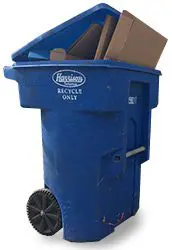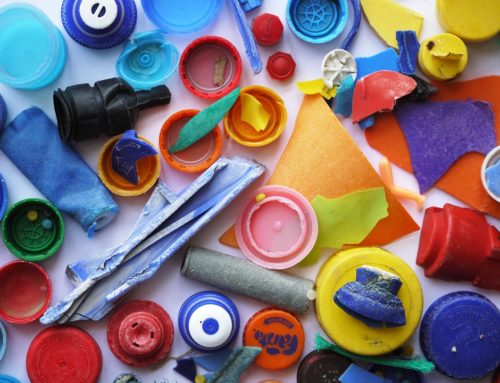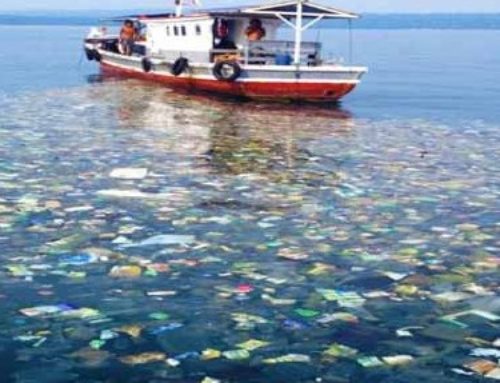Closing the Loop: turning recycling into raw materials
Recycling is at the heart of sustainability, but many of us don’t really understand what happens once we place our old packaging into the recycling bin. Sustainable Packaging Industries went behind the scenes at the Gold Coast Recycling & Transfer Station in Ventura California to better understand where and how our recycling materials get turned back into raw materials.
Curbside Recycling
One man’s trash is another man’s treasure. Most households and businesses have recycling services that collect on a regular basis. An important first step is to get the used packaging into the recycling bins, and not into the landfill. In our city, we have mixed bins which collect almost every kind of recyclable material. The types of materials that recycling centers accepts vary, so be sure to check with your local facility.
Material Sorting
Once the recycling is collected, it is off to the recycling facility where it is sorted by material type – paper, cardboard, plastic, metal, glass. The first step in the sorting system uses screens and air technology to separate based on weight and size. Much of the process is automated, but many of the contaminants are sorted by hand. To see how this is done, check out the video from our tour below.
Baling & Shipping to Market
After everything is sorted, it’s time to compress and bundle the materials into bales. These bales are sold as raw materials to different markets in the U.S.A and across the globe.
As a sustainable company, the principles of reducing, reusing and recycling are at the core of our business. We believe knowledge is power and by understanding where and how things are made (and discarded), we can make better choices.
>>> More info on molded pulp packaging raw materials





